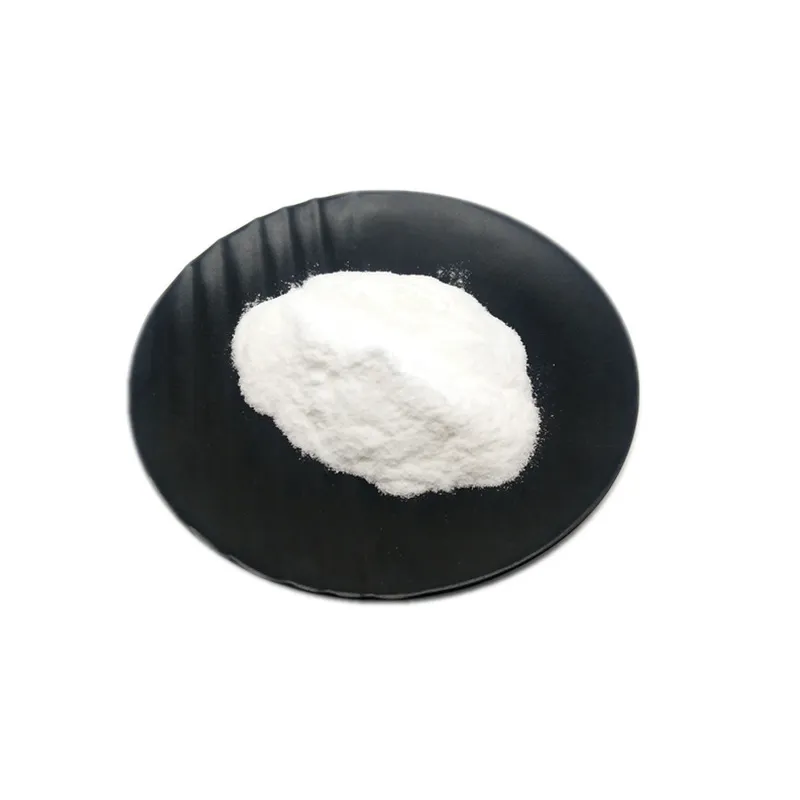 Email: sale@hebeidisha.com
Email: sale@hebeidisha.com
 Tel: +86 13315186550
Tel: +86 13315186550
- Afrikaans
- Albanian
- Amharic
- Arabic
- Armenian
- Azerbaijani
- Basque
- Belarusian
- Bengali
- Bosnian
- Bulgarian
- Catalan
- Cebuano
- China
- China (Taiwan)
- Corsican
- Croatian
- Czech
- Danish
- Dutch
- English
- Esperanto
- Estonian
- Finnish
- French
- Frisian
- Galician
- Georgian
- German
- Greek
- Gujarati
- Haitian Creole
- hausa
- hawaiian
- Hebrew
- Hindi
- Miao
- Hungarian
- Icelandic
- igbo
- Indonesian
- irish
- Italian
- Japanese
- Javanese
- Kannada
- kazakh
- Khmer
- Rwandese
- Korean
- Kurdish
- Kyrgyz
- Lao
- Latin
- Latvian
- Lithuanian
- Luxembourgish
- Macedonian
- Malgashi
- Malay
- Malayalam
- Maltese
- Maori
- Marathi
- Mongolian
- Myanmar
- Nepali
- Norwegian
- Norwegian
- Occitan
- Pashto
- Persian
- Polish
- Portuguese
- Punjabi
- Romanian
- Russian
- Samoan
- Scottish Gaelic
- Serbian
- Sesotho
- Shona
- Sindhi
- Sinhala
- Slovak
- Slovenian
- Somali
- Spanish
- Sundanese
- Swahili
- Swedish
- Tagalog
- Tajik
- Tamil
- Tatar
- Telugu
- Thai
- Turkish
- Turkmen
- Ukrainian
- Urdu
- Uighur
- Uzbek
- Vietnamese
- Welsh
- Bantu
- Yiddish
- Yoruba
- Zulu
Dec . 04, 2024 17:07 Back to list
Safety and Toxicity of Dipropylene Glycol in Various Applications and Environments
The Toxicity of Dipropylene Glycol Understanding the Risks and Safety Measures
Dipropylene glycol (DPG) is a synthetic organic compound that serves various industrial and consumer applications, including use as a solvent, humectant, and in the formulation of personal care products. While it is generally considered to be of low toxicity to humans and the environment, understanding its potential hazards is crucial for safe handling and usage.
What is Dipropylene Glycol?
Dipropylene glycol is an odorless, colorless liquid that is produced by the hydration of propylene oxide. This chemical is a derivative of propane and is often used in the formulation of cosmetic products, pharmaceuticals, and food additives. Its unique properties make it an effective carrier for active ingredients, enhancing product performance and stability.
Health Effects and Toxicity
The toxicity of any chemical is determined not only by its inherent properties but also by the level and route of exposure. In the case of dipropylene glycol, it is generally recognized as safe when used appropriately. According to safety assessments, DPG exhibits low acute toxicity, with an oral LD50 (the dose that results in the death of 50% of test animals) of around 20,000 mg/kg for rats. This places DPG in a relatively non-toxic category concerning short-term exposure.
However, there are potential concerns regarding long-term exposure, especially in occupational settings. Inhalation or dermal exposure at high concentrations may lead to irritation of the skin, eyes, and respiratory tract. The symptoms of exposure can include headache, dizziness, and nausea. Therefore, individuals working in industries utilizing dipropylene glycol should follow appropriate safety protocols to minimize risks.
Environmental Impact
While dipropylene glycol is biodegradable and considered relatively safe for the environment, its environmental persistence and potential effects on aquatic life deserve careful consideration. Studies have shown that, in large quantities, DPG can affect the growth and reproduction of certain microorganisms, which raises concerns about its impact on freshwater ecosystems.
Despite these risks, dipropylene glycol has been classified as a low hazard substance, primarily due to its ability to break down naturally and its low bioaccumulation potential
. This makes it a preferred choice over more toxic solvents and carriers in various formulations.dipropylene glycol toxic

Safety Measures for Handling DPG
To ensure the safe use of dipropylene glycol, several safety measures should be observed
1. Personal Protective Equipment (PPE) When handling DPG in industrial settings, workers should wear appropriate PPE, including gloves, goggles, and respiratory protection if necessary.
2. Ventilation Ensure adequate ventilation in workspaces where DPG is used to minimize inhalation exposure.
3. Training and Education Workers should be educated on the proper handling procedures, potential hazards, and first aid measures in case of accidental exposure.
4. Disposal Follow regulations regarding the disposal of dipropylene glycol to prevent environmental contamination. Dispose of excess material in accordance with local guidelines.
5. Labeling and Storage Properly label containers of DPG and store them in a cool, dry place away from incompatible substances.
Conclusion
In conclusion, while dipropylene glycol is classified as a low-toxicity substance and has numerous applications, awareness of its potential hazards is essential. By adhering to safety guidelines and implementing appropriate measures, individuals and industries can minimize risks associated with its use. Continuous research and monitoring of DPG’s health and environmental effects will ensure that its benefits can be enjoyed without compromising safety. It is vital for consumers and professionals alike to remain informed and vigilant regarding chemical safety in all forms.
Latest news
-
Certifications for Vegetarian and Xanthan Gum Vegetarian
NewsJun.17,2025
-
Sustainability Trends Reshaping the SLES N70 Market
NewsJun.17,2025
-
Propylene Glycol Use in Vaccines: Balancing Function and Perception
NewsJun.17,2025
-
Petroleum Jelly in Skincare: Balancing Benefits and Backlash
NewsJun.17,2025
-
Energy Price Volatility and Ripple Effect on Caprolactam Markets
NewsJun.17,2025
-
Spectroscopic Techniques for Adipic Acid Molecular Weight
NewsJun.17,2025